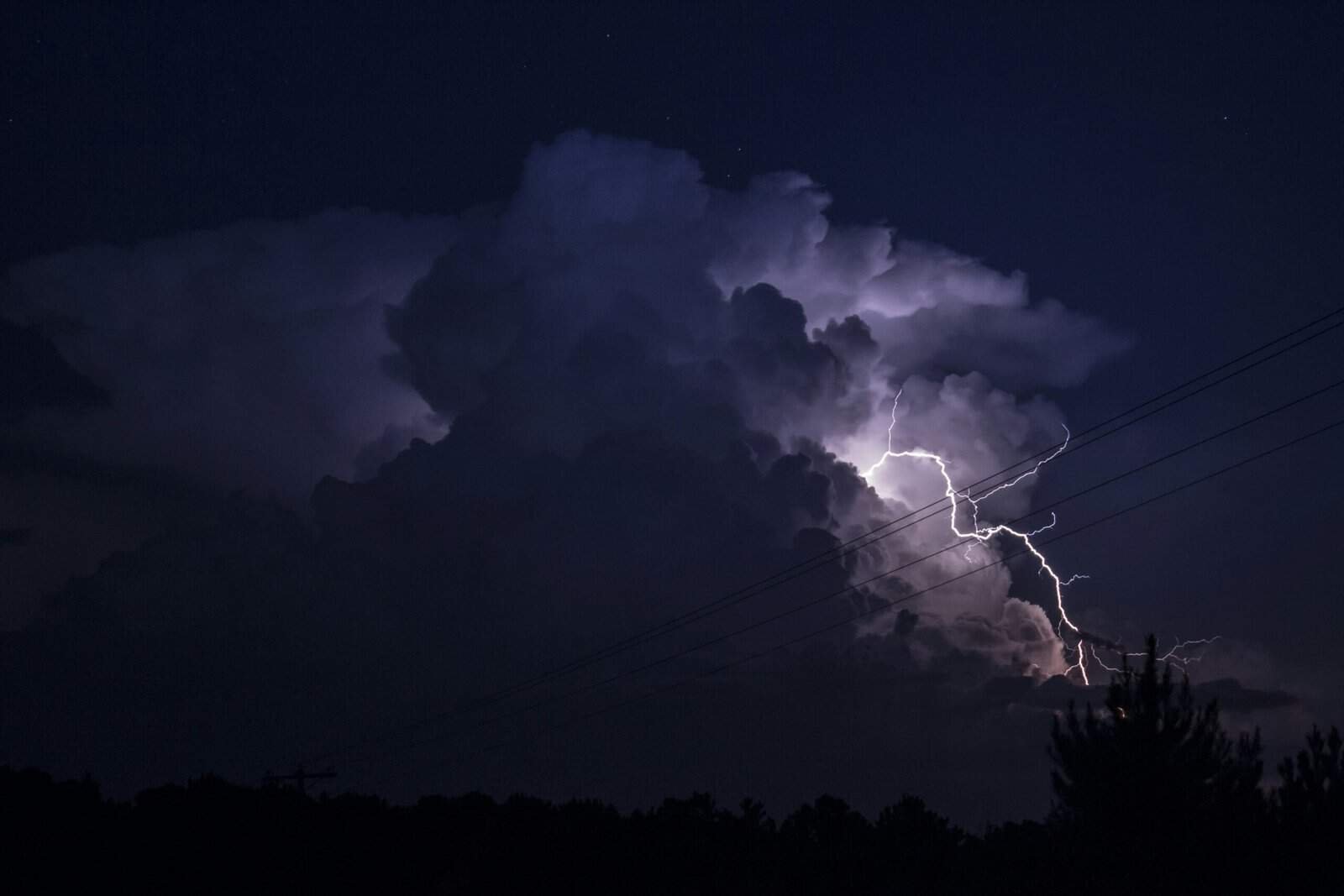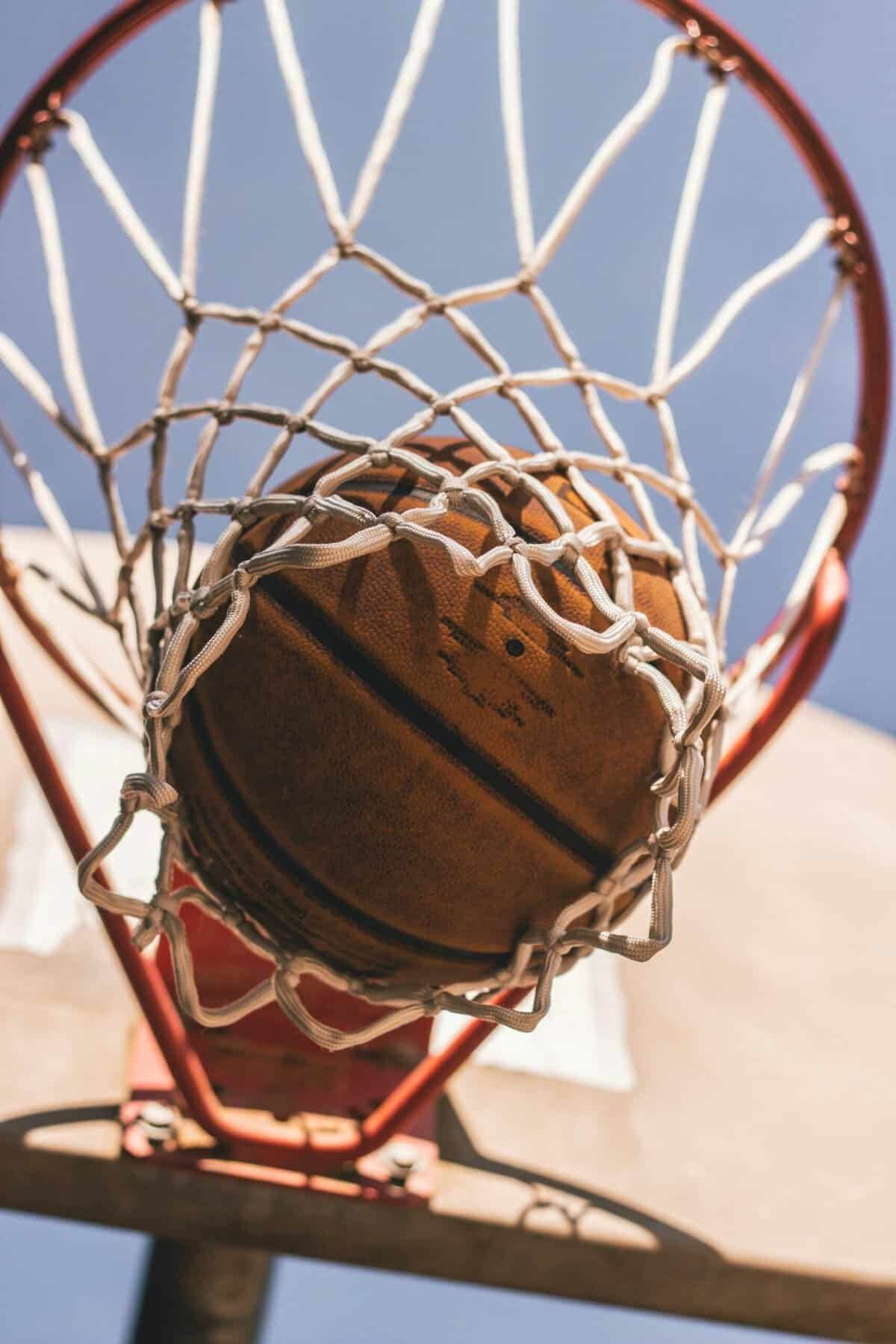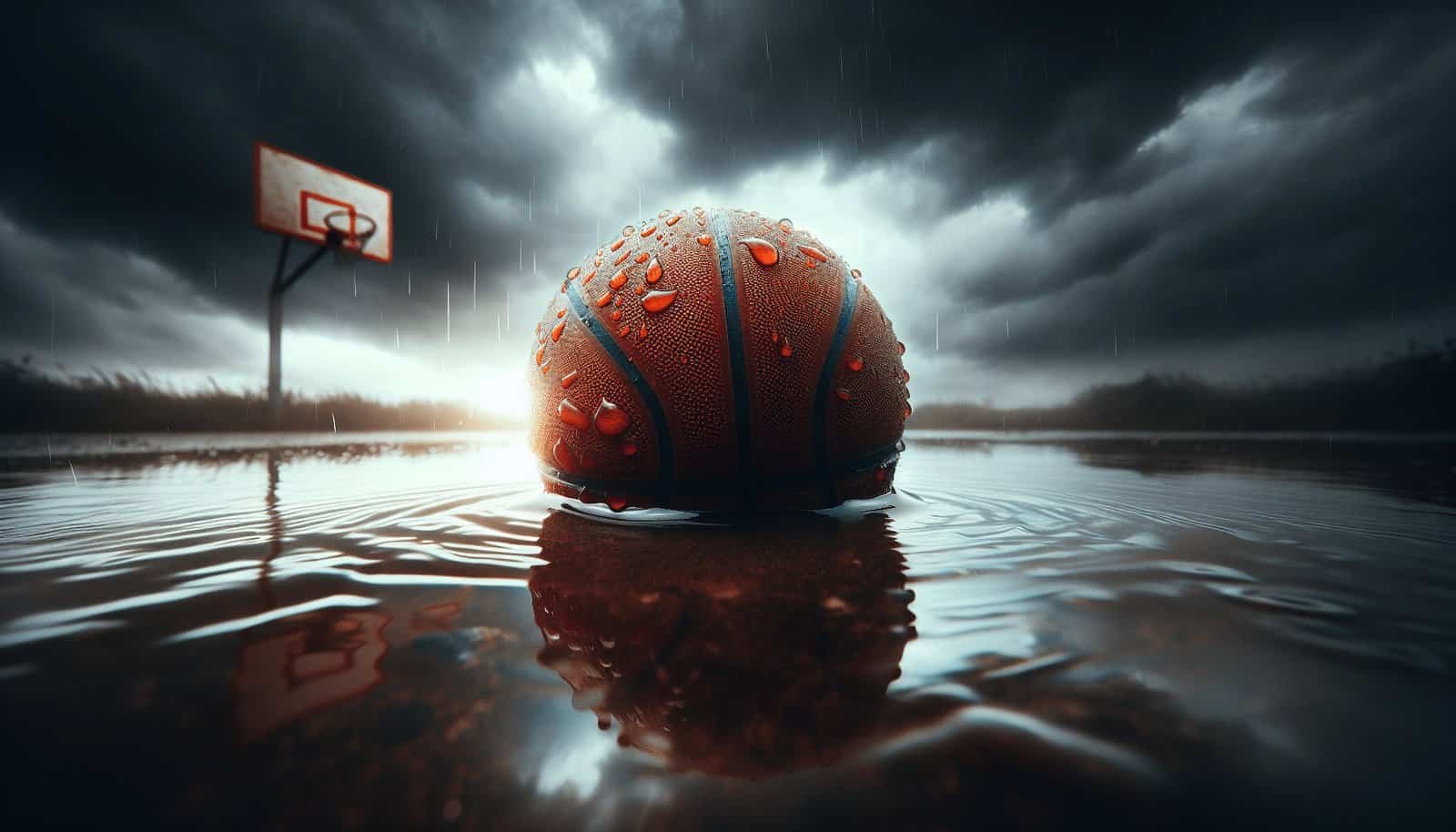Have you ever wondered how temperature and weather conditions influence how basketballs perform? If you’re an athlete, a coach, or simply a fan of the sport, understanding these effects can enrich your appreciation of the game and improve your strategies on and off the court.

The Science Behind Basketballs and Their Performance
Basketballs may seem like simple objects, but there’s a lot more science behind their design and function than meets the eye. Made primarily of rubber or a combination of synthetic materials, basketballs are designed to withstand the rigors of the game. However, their performance can vary significantly depending on environmental conditions.
Material Composition of Basketballs
Primarily, basketballs are constructed with an inflatable rubber bladder, which is then wrapped in layers of fiber and finally encased in a leather or composite cover. This multi-layered construction ensures durability and grip. However, these materials can respond differently under varying temperature and weather conditions, influencing the bounce, grip, and overall play of the basketball.
Temperature Effects on Basketballs
Temperature plays a crucial role in determining the behavior of a basketball during play. Whether it’s an indoor court or an outdoor playground, fluctuations in temperature can alter how a basketball performs.
How Temperature Influences Air Pressure
The air pressure inside a basketball is a critical factor in how it bounces and performs. According to the ideal gas law, as the temperature changes, so does the air pressure inside the basketball:
- High Temperatures: As the temperature rises, the air molecules inside the basketball move faster, increasing the internal pressure. This means a basketball on a hot day may have a more lively bounce, possibly bouncing higher than expected.
- Low Temperatures: Conversely, colder temperatures slow down the molecules, reducing the internal pressure. This results in a basketball that may feel softer and less responsive, often leading to underwhelming bounces.
Impact on Material and Structure
Temperature can also affect the materials of the basketball itself. Extreme heat might make the ball more pliable, whereas cold temperatures could lead to the material becoming stiffer. A stiffer basketball not only impacts the player’s grip but also the accuracy and control over the ball during dribbling and shooting.

Weather Conditions and Their Influence
Beyond just temperature, other weather conditions such as humidity and wind can also have significant, if sometimes subtle, effects on how a basketball game unfolds.
Humidity and Its Effects
Humidity itself doesn’t directly impact the air pressure inside the basketball, but it can affect the exterior. High humidity levels can cause the leather or composite materials on the surface of the ball to become slick or slippery, making it harder to maintain a firm grip. Conversely, low humidity can make the ball feel dry, potentially affecting players’ control and comfort.
The Role of Wind
While wind doesn’t directly change the characteristics of the basketball, it surely impacts gameplay, especially in outdoor settings. Strong winds can alter the trajectory of the ball during shots, making it more challenging to shoot accurately. Understanding wind patterns and adjusting strategies is vital for players and teams competing outdoors.

Indoor vs. Outdoor Basketball Performance
Where you play basketball, whether inside a gym or on an open outdoor court, fundamentally affects how weather and temperature play their roles.
Indoor Basketball Mechanics
Indoors, the environment remains relatively stable. Controlled temperatures mean the basketball’s air pressure remains consistent, allowing for predictable performances. This control can be crucial for official games, where consistency and precision are key.
Challenges of Outdoor Play
Outdoor courts deal with the full spectrum of weather conditions. Players have to adapt their techniques to account for variables like wind, direct sunlight, varying temperatures, and occasional moisture from rain. This variability requires a more adaptable playing style.
| Condition | Indoor Court | Outdoor Court |
|---|---|---|
| Temperature | Controlled, consistent | Varies with weather, affecting air pressure |
| Humidity | Controlled, affects grip | Varies, can make ball slick or dry |
| Wind | No impact | Can alter ball trajectory |

Practical Considerations for Basketball Players
Knowing the science is one thing, but applying this knowledge to your playing routine is another. Here’s how you can take advantage of this information to enhance your performance.
Adjusting for Temperature Changes
Monitoring the temperature can give you a strategic edge. For instance, if you know it will be a hot day, expect the ball to bounce more lively. On cooler days, you might need to exert more force to maintain the ball’s bounce. Adjust your pumping routine to ensure your basketball is at the optimal pressure for expected temperature changes.
Coping with Weather Extremes
Understanding the influence of humidity and wind is equally important. On humid days, regularly cleaning the ball can help maintain grip. Playing in windy conditions requires practice in adjusting shot angles and compensating for wind direction.
Equipment Choices
Choosing the right basketball for the right condition is also crucial. A ball designed specifically for outdoor use might perform better in varying weather conditions than a general-purpose ball. Knowing when to switch equipment can make a noticeable difference in performance.

Conclusion
Basketball is much more than just skill and strategy; it’s about understanding how various factors influence the game. Temperature and weather conditions can have pronounced effects on basketballs and, by extension, on the outcome of a game. By paying attention to these details, you can better prepare and adjust your gameplay, enhancing both your enjoyment and your performance on the court. Whether you’re shooting hoops under the blazing sun or dribbling in a climate-controlled gym, understanding these variables can help you channel every advantage. So next time you step on the court, remember this dynamic interplay between environment and equipment, and use it to your advantage.
